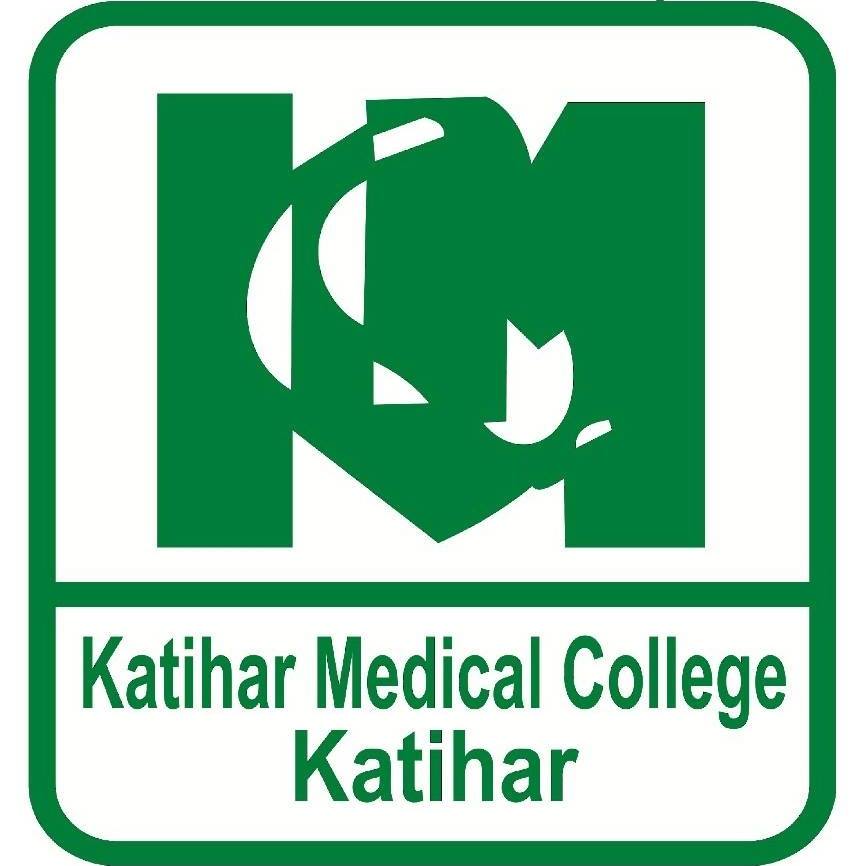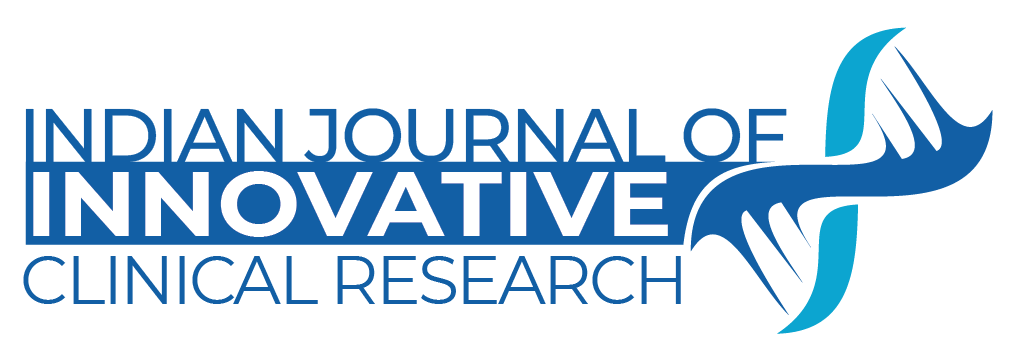Journal Menu
- Home
- Aims & Scope
- Editorial Board
- Article Preperation Guideline
- Online Submission
- Articles Early View
- Current Issue
- Archive
- Membership
- Reprints
A Study of Difficult Airway Predictors in Indian Adults Undergoing General Anaesthesia
Article Information
Background: Unexpected challenging airways continue to pose a major difficulty in anaesthetic practice, directly affecting patient safety. Precise preoperative airway evaluation is vital to reduce perioperative risks, especially in resource-limited and varied anatomical groups like those found in India.
Objective: .This study sought to assess the predictive effectiveness of frequently utilized bedside airway evaluation tests in recognizing difficult airways in Indian adults receiving elective surgery with general anaesthesia.
Methods: A prospective observational study of 300 adult patients scheduled for elective operations involving endotracheal intubation was carried out at Katihar Medical College in Katihar, Bihar, India. The pre-treatment assessments included the Modified Mallampati Score (MMS), Thyromental Distance (TMD), Sternomental Distance (SMD), Inter-Incisor Gap (IIG), Upper Lip Bite Test (ULBT), and Neck Circumference. Cormack-Lehane grading (Grades III or IV), the need for more than two intubation attempts, or the use of bougies or other assistive devices were all markers of difficult intubation. The sensitivity, specificity, and predictive values of each test were calculated.
Results: The total percentage of problematic intubations was 14.7%. ULBT had the best specificity (94.2%), whereas MMS had the highest sensitivity (78.6%). TMD and SMD also demonstrated moderate predictive value. Combination of MMS and ULBT improved diagnostic accuracy. Male gender, higher BMI, and ASA Class III were associated with increased difficulty.
Conclusion: Bedside tests like MMS and ULBT are valuable tools for predicting difficult airways in Indian adults. A combined assessment approach improves predictive accuracy, advocating for standardised preoperative protocols tailored to Indian populations.


